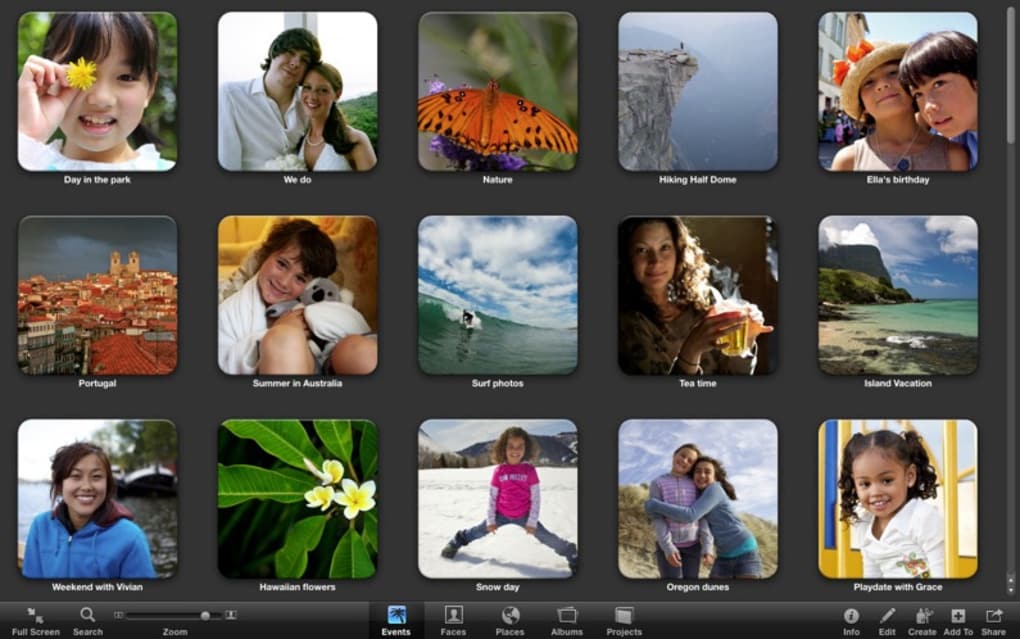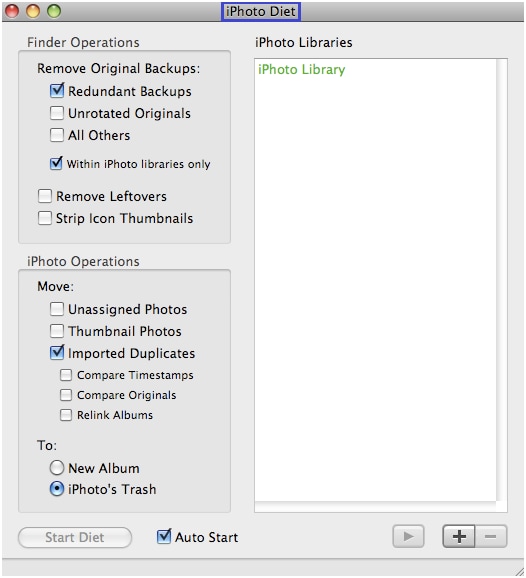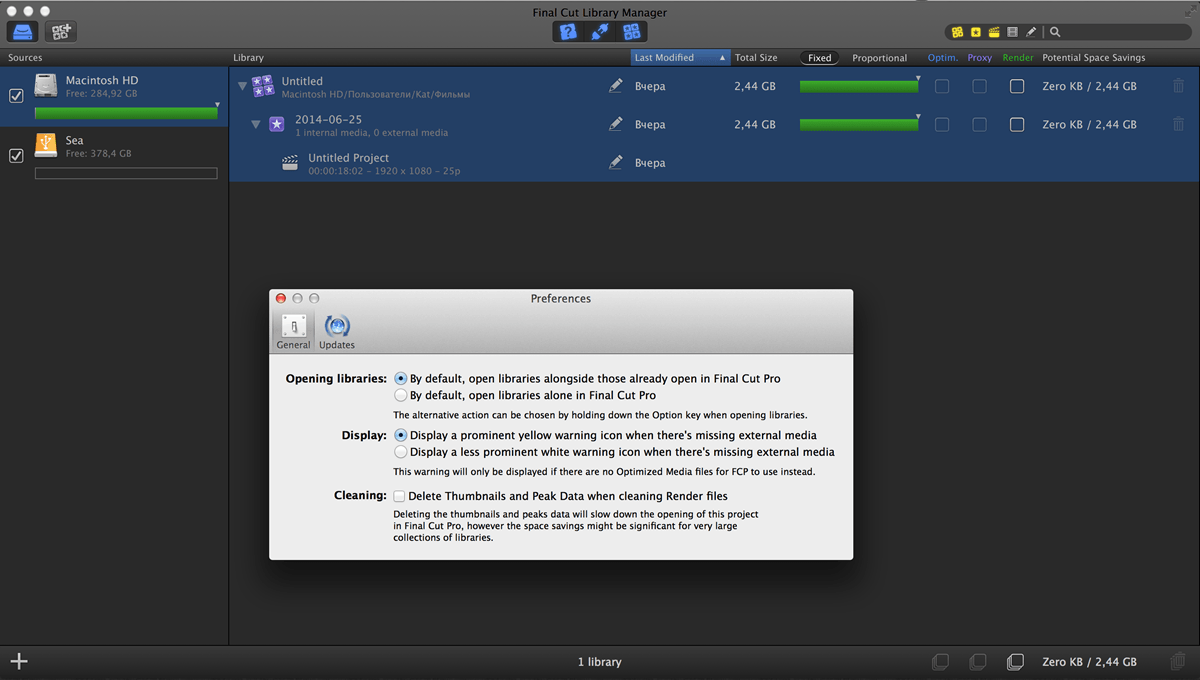

But as a last effort, he installed a newer version of iphoto that would work on my new computer and all of my old photos suddenly appeared and organization was back,īut the “genius” at my local Mac Store told me that Apple will no longer support iphoto and if i try to convert my iphotos to Photos as per the instructions above I will loose all of my organization. I called Mac support and the tech there tried to help but could not find my images.

Also, and equally important, my organization (albums & folders) did not transfer to Photos. My data was transferred when my old Mac died several months ago but iphoto did not transfer and many images were missing from the Photos program.

In the meantime, you can always create new libraries and use separate libraries by switching between them by using the Option key on Photos app launch. Being able to directly merge libraries together would be pretty useful, so it’s possible that such a feature could be introduced into future versions of Photos for OS X. You can do that through the File > Import menu item, or by dragging and dropping images from one library into another using the file system. If you’d like to merge two different libraries, well, at the moment, there is no way to directly perform a merging of an iPhoto library with a Photos library without manually intervening and importing photos on your own. If you already have a busy Photos library, you’re going to be working with two different image libraries now, which is why it’s generally best to allow Photos app to pull in your iPhoto or Aperture library on first launch. Let Photos app import the iPhoto library, it should happen almost immediately but very large libraries or those stored on slower external volumes may take some time.Otherwise, select “Other Library” and navigate to the location of the iPhoto library you wish to import into Photos app, then open it as usual.If you see the iPhoto library in the list, simply select it and choose “Choose Library” to open it within Photos app.Relaunch the Photos app and immediately hold down the Option key until you see the Library selection screen, then choose one of the following options:.Quit out of Photos app (and iPhoto) if you haven’t done so already.Moving an iPhoto Library into Photos App of OS X If you use iCloud Photo Library, designate this library as the System Photo Library.Much like making an entirely new Photos library in OS X, you’ll need to use the Option key during application launch to be able to migrate an iPhoto library into Photos app.After the move is finished, double-click Photos Library in its new location to open it.

If it's not selected, click the lock button to unlock it, enter an administrator name and password, then select the checkbox.* If the information under Sharing & Permissions isn't visible, click the triangle button, then make sure the 'Ignore ownership on this volume' checkbox is selected. If you see an error, select your external drive's icon in the Finder, then choose File > Get Info.


 0 kommentar(er)
0 kommentar(er)
